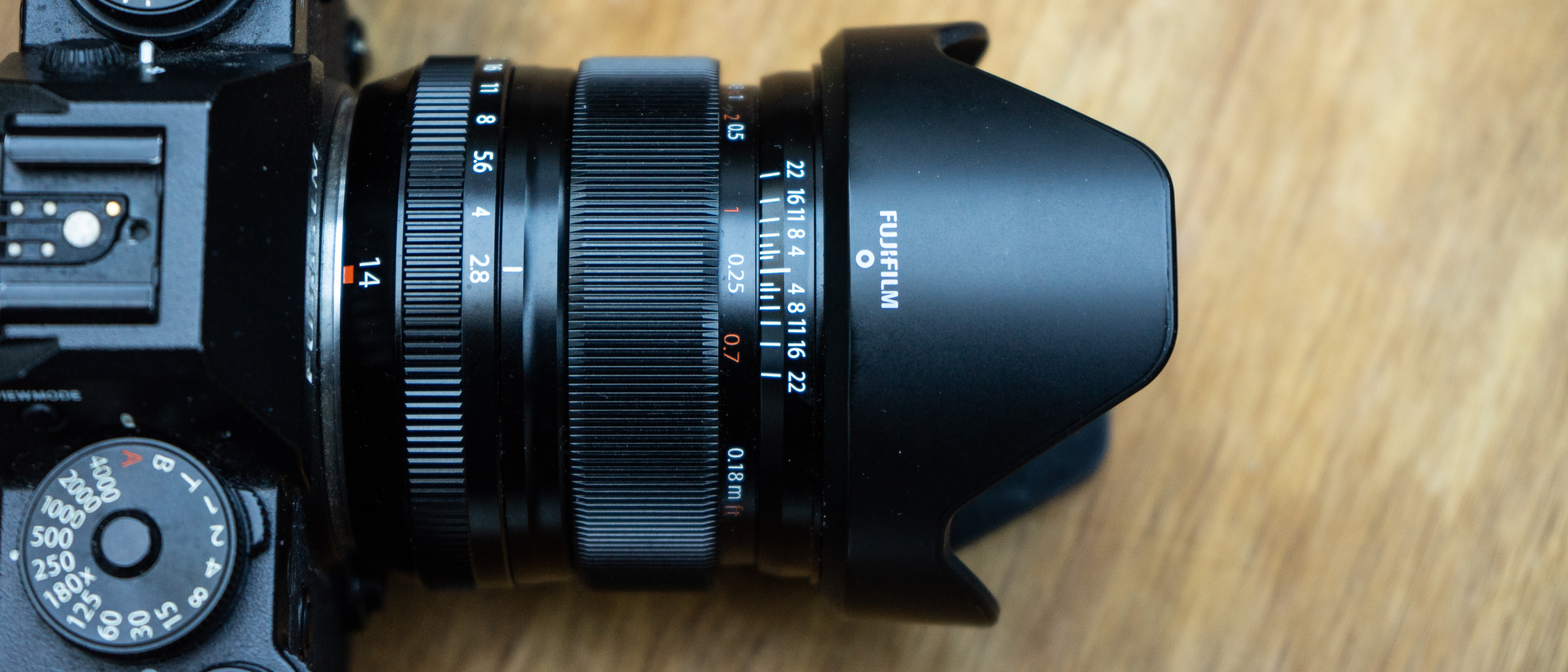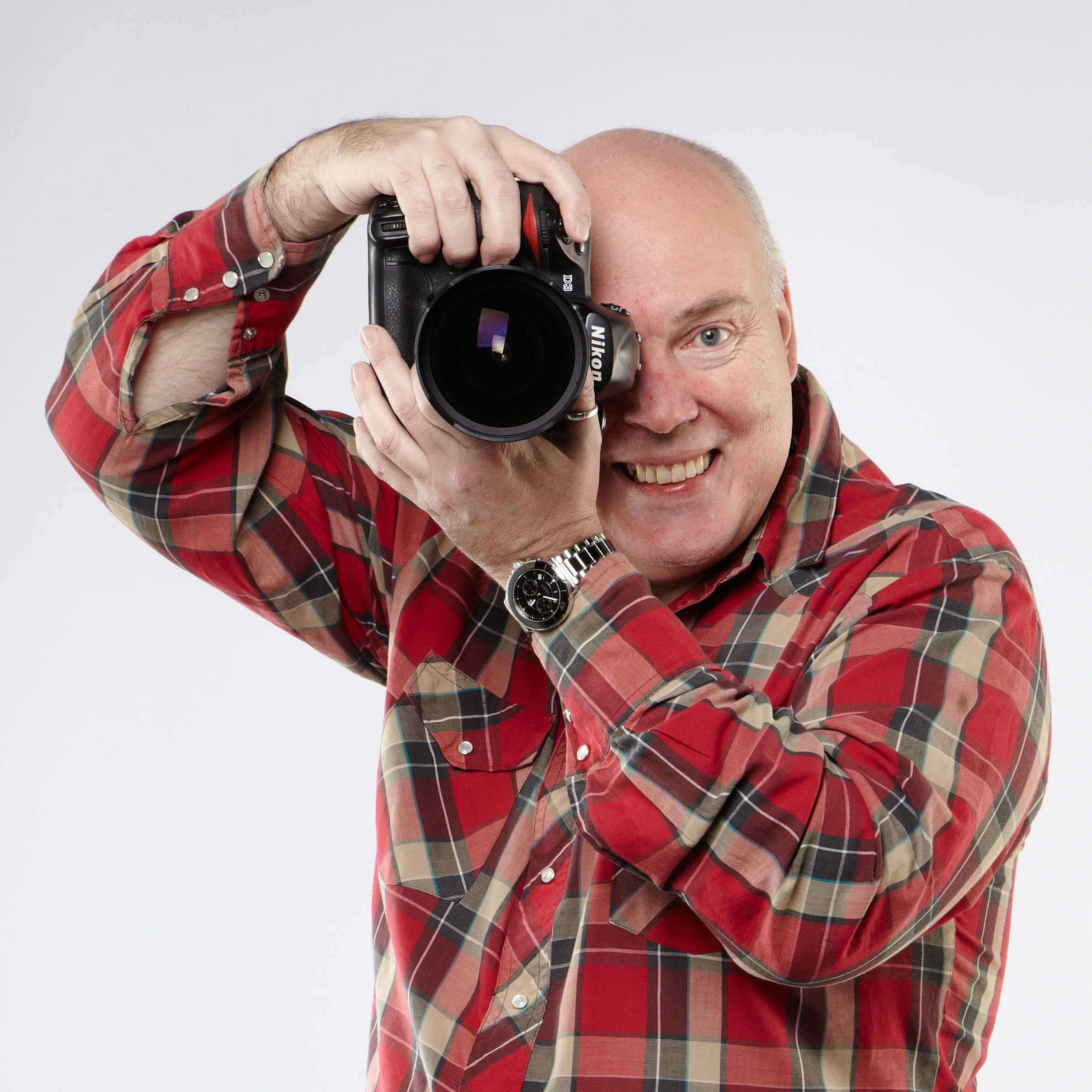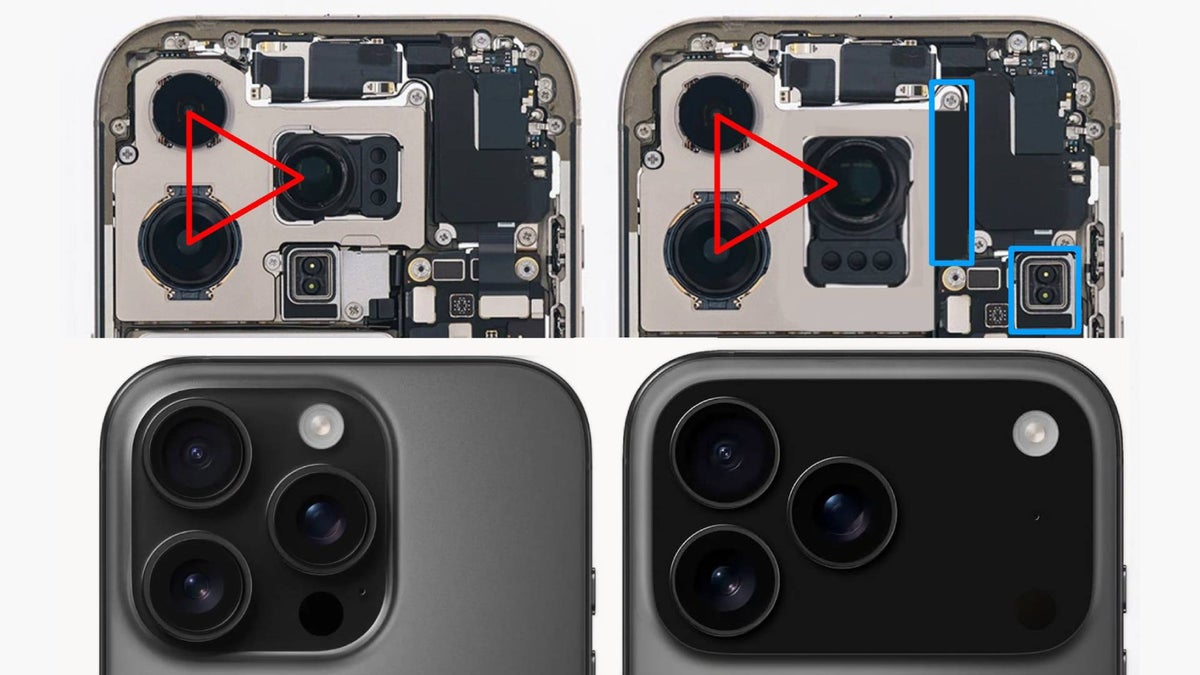Digital Camera World Verdict
The Fujinon XF14mm F2.8 R review is one of the oldest lenses in the Fujifilm X-mount system. But despite its age it is, for the moment at least, the widest Fujifilm-branded lens available for this mirrorless camera system.
Pros
- +
Widest Fujifilm XF prime
- +
Small and light
Cons
- -
Not recommended for latest high-resolution cameras
- -
No weatherproofing
Why you can trust Digital Camera World
Launched back in 2012, the Fujinon XF14mm F2.8 R is one of the very oldest lenses left in the current Fujifilm X-mount lens line-up - and almost as old as this interchangeable mirrorless system itself.
Despite this the XF 14mm is still the widest lens currently made by Fujifilm - although there are wider options in terms of zooms with the XF8-16 f/2.8 mm & XF10-24mm f/4. It won't hold this distinction much longer, however, as Fujifilm has announced that an 8mm f/3.5 lens will be available this year (see the latest XF lens roadmap) .
Of course, there are also wider (non-fisheye) options available from independent lens manufacturers - such as the autofocus Zeiss Touit Distagon 12mm f/2.8, and manual-focus-only options that include 10mm, 12mm and 14mm options from Samyang, and the Laowa 9 mm f/2.8 Zero-D.
Specifications

Mount: Fujifilm X
Full frame: No
Autofocus: Yes
Stabilization: No
Lens construction: 10 elements in 7 groups
Angle of view: 90.8 degrees
Diaphragm blades: 7
Minimum aperture: f/22
Minimum focusing distance: 18cm
Maximum magnification ratio: 0.12x
Filter size: 58mm
Dimensions: 65mm x 58.4mm
Weight: 235g
Key features
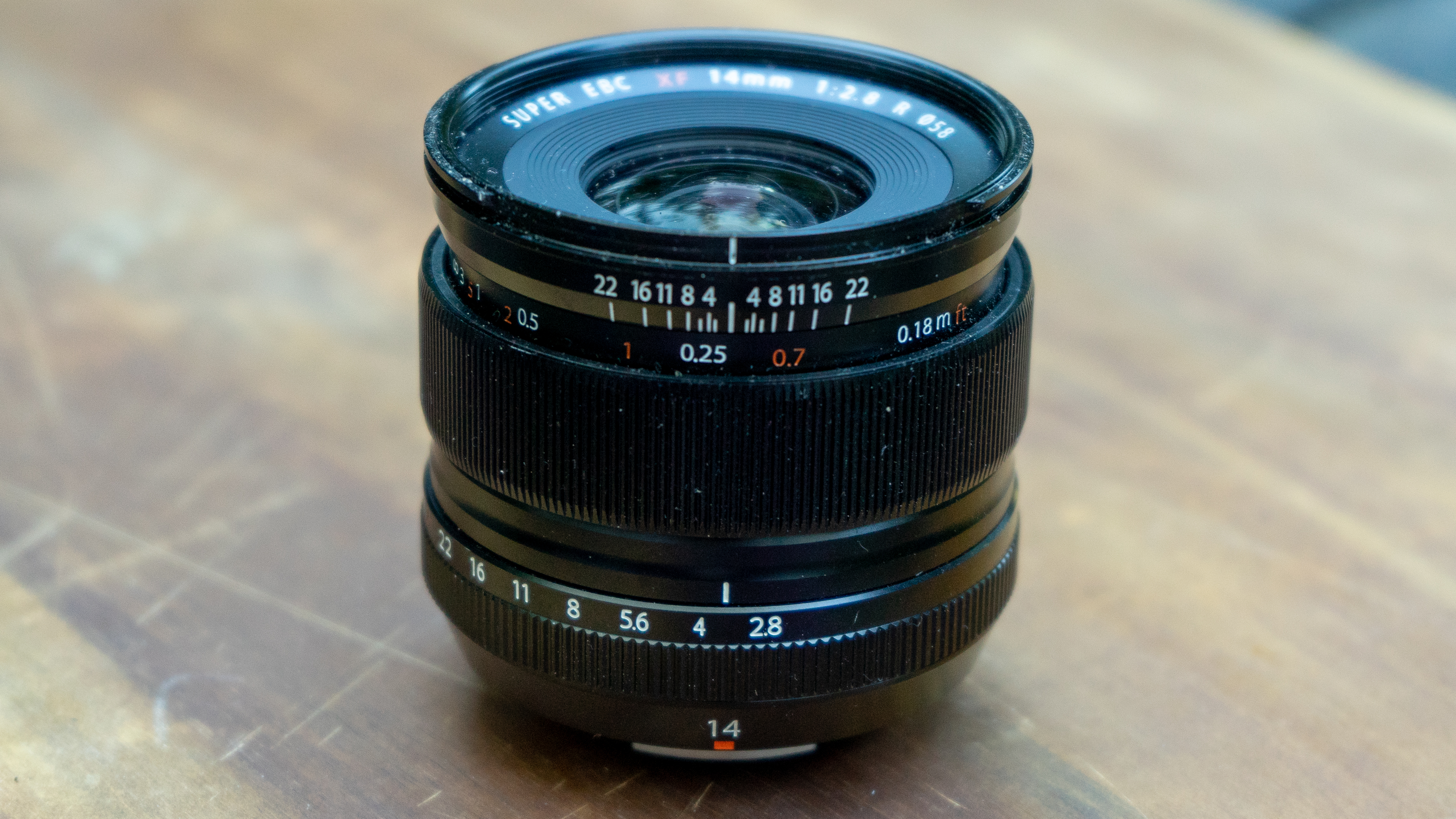
The Fujfilm XF14mm offers an equivalent focal length of 21mm (in full-frame terms) making it appealing for landscape and architectural photography. It is also just fast enough with a maximum aperture of f/2.8 to feature in Fujifilm's ultra-fast range - but for lowlight and restricted-depth-of-field applications, the XF16mm F1.4 R WR has a clear two stops advantage.
The lens has a metal mount and body - but is still small and light enough not to make a noticeable increase to the bulk of your camera bag.
The lens gives you a manual aperture ring with one-third-of-a-stop clickable detents - which will make it appeal more to stills photographers than videographers. This is partnered with a depth of field scale behind the filter ring - sadly not a feature often seen on lenses nowadays, but invaluable if seeking out the hyperfocal distance. This scale is only fully revealed when shifting into manual focus mode which is engaged by pulling the wide manual focus ring back towards you. This clutch mechanism, although seen on other lenses, still feels like a really neat bit of engineering.
A petal-shaped plastic lens hood is supplied as standard.
Sample images
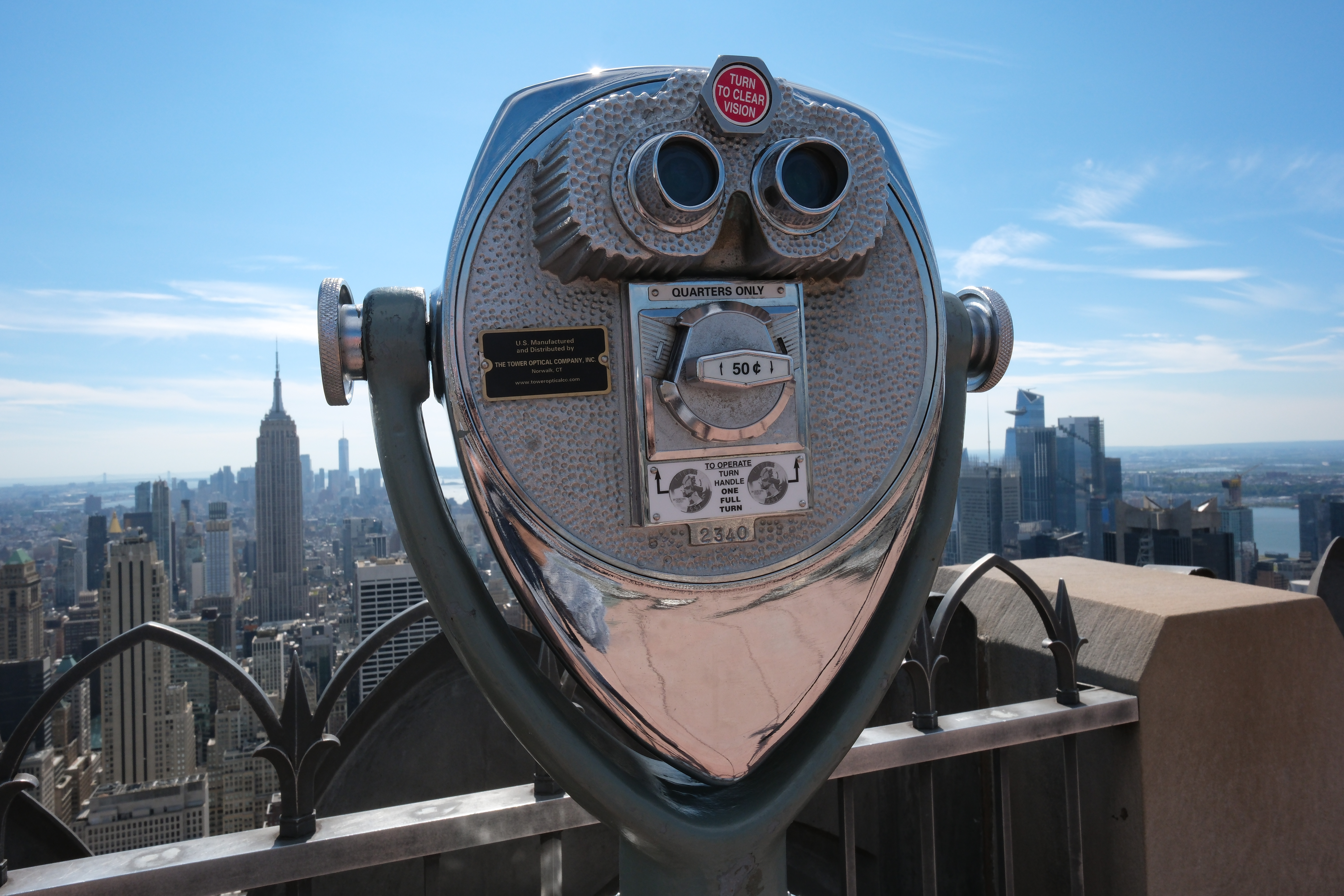
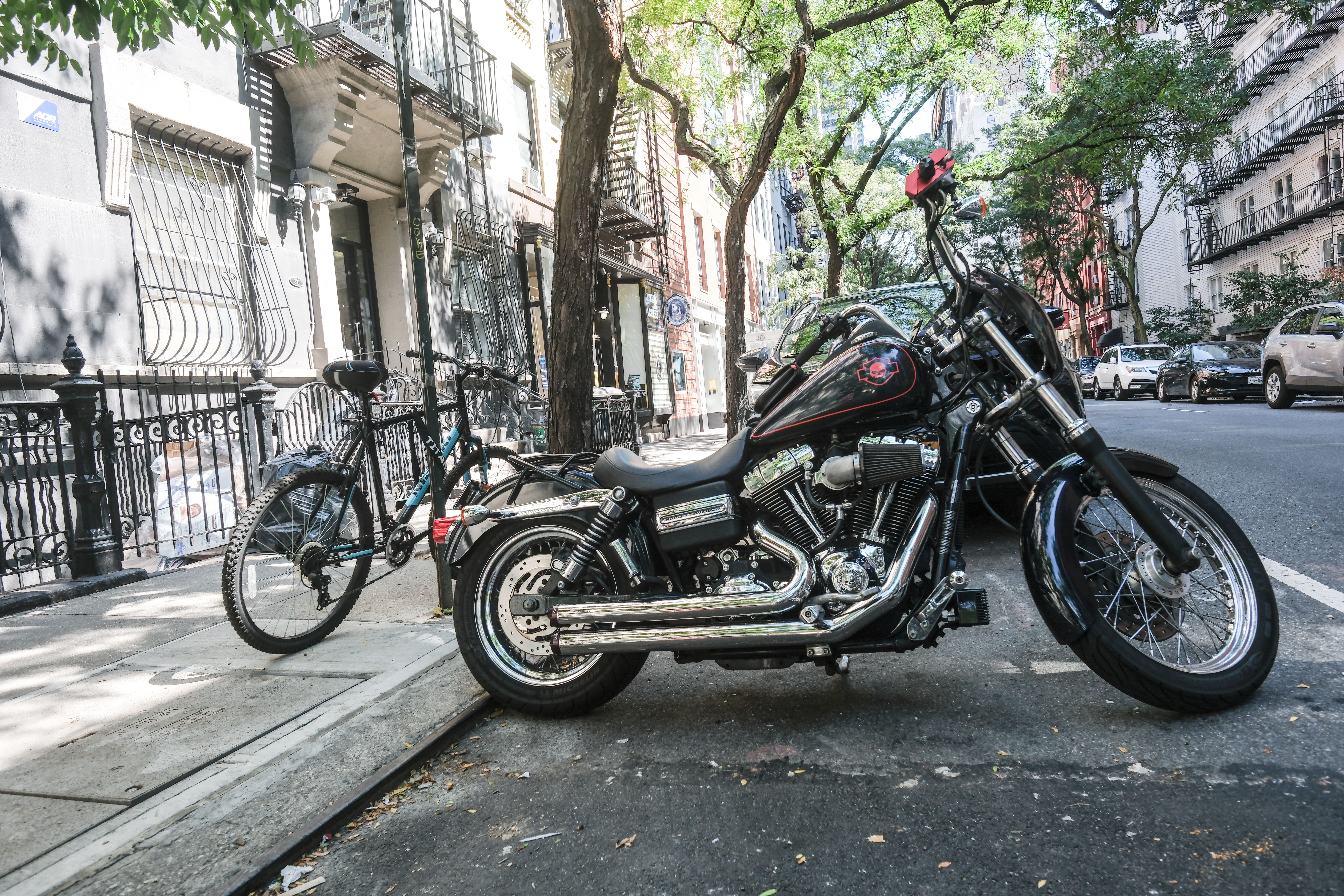
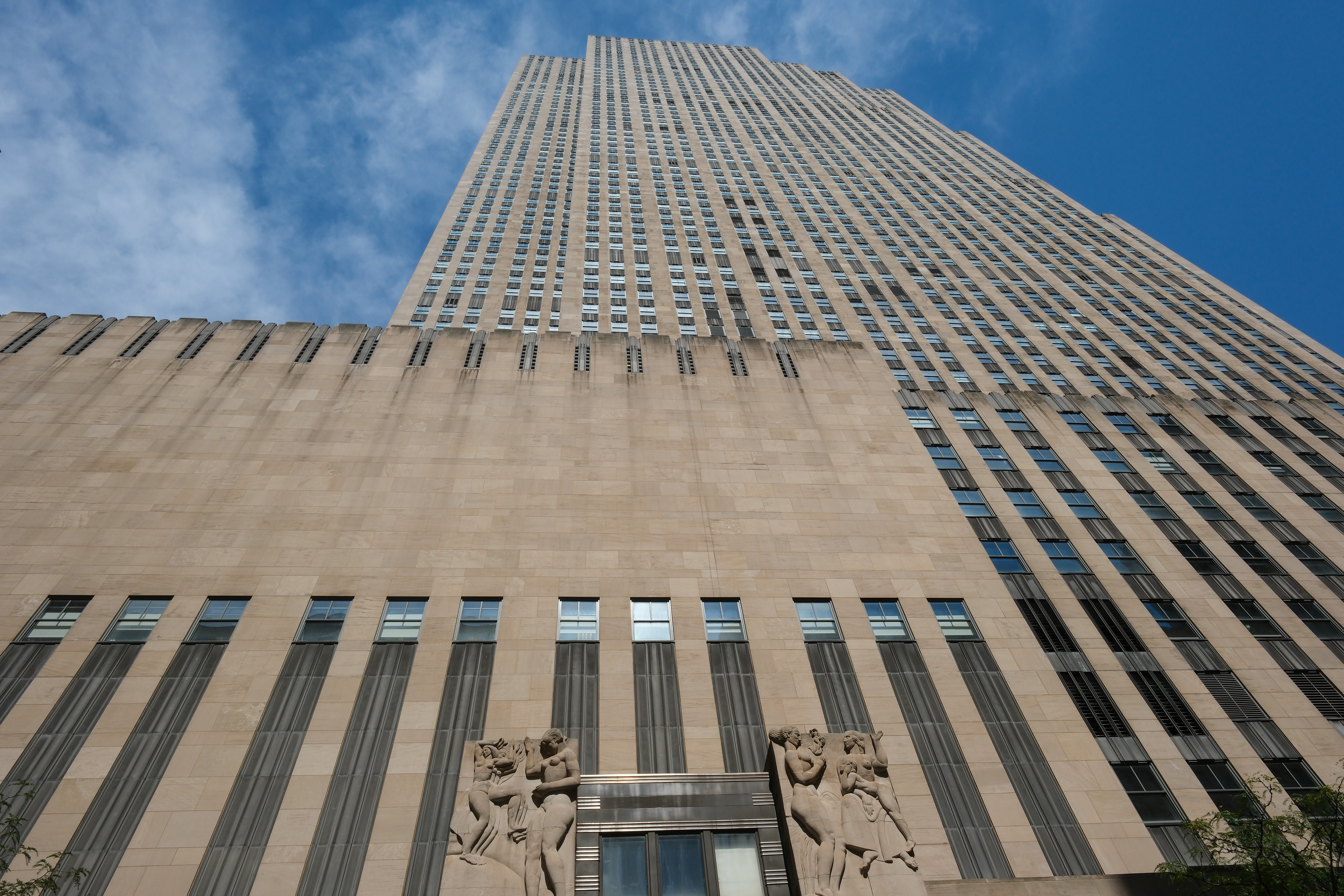
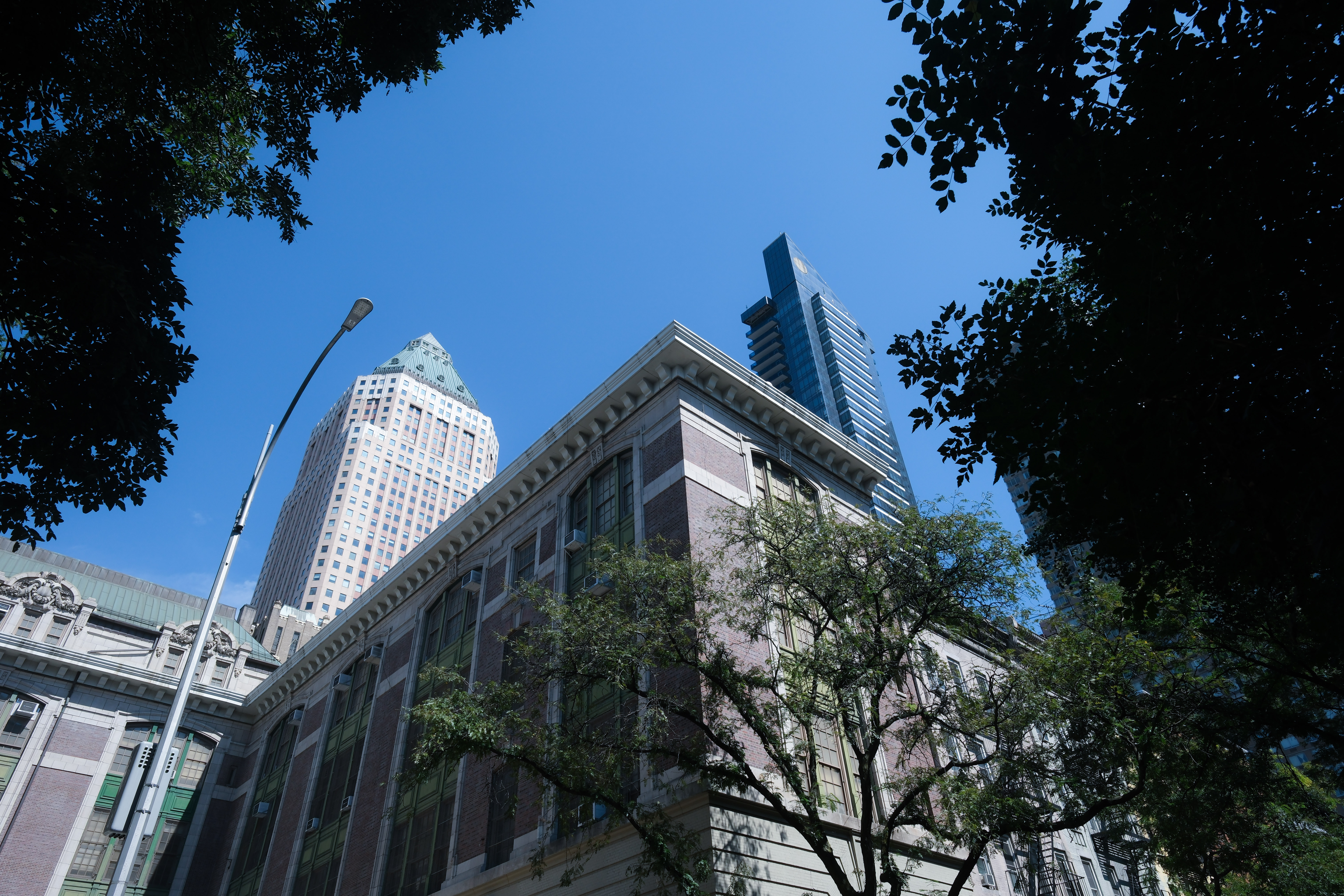
Lab results
We run a range of lab tests under controlled conditions, using the Imatest Master testing suite. Photos of test charts are taken across the range of apertures and zooms (where available), then analyzed for sharpness, distortion and chromatic aberrations.
We use Imatest SFR (spatial frequency response) charts and analysis software to plot lens resolution at the center of the image frame, corners and mid-point distances, across the range of aperture settings and, with zoom lenses, at four different focal lengths. The tests also measure distortion and color fringing (chromatic aberration).
Sharpness:
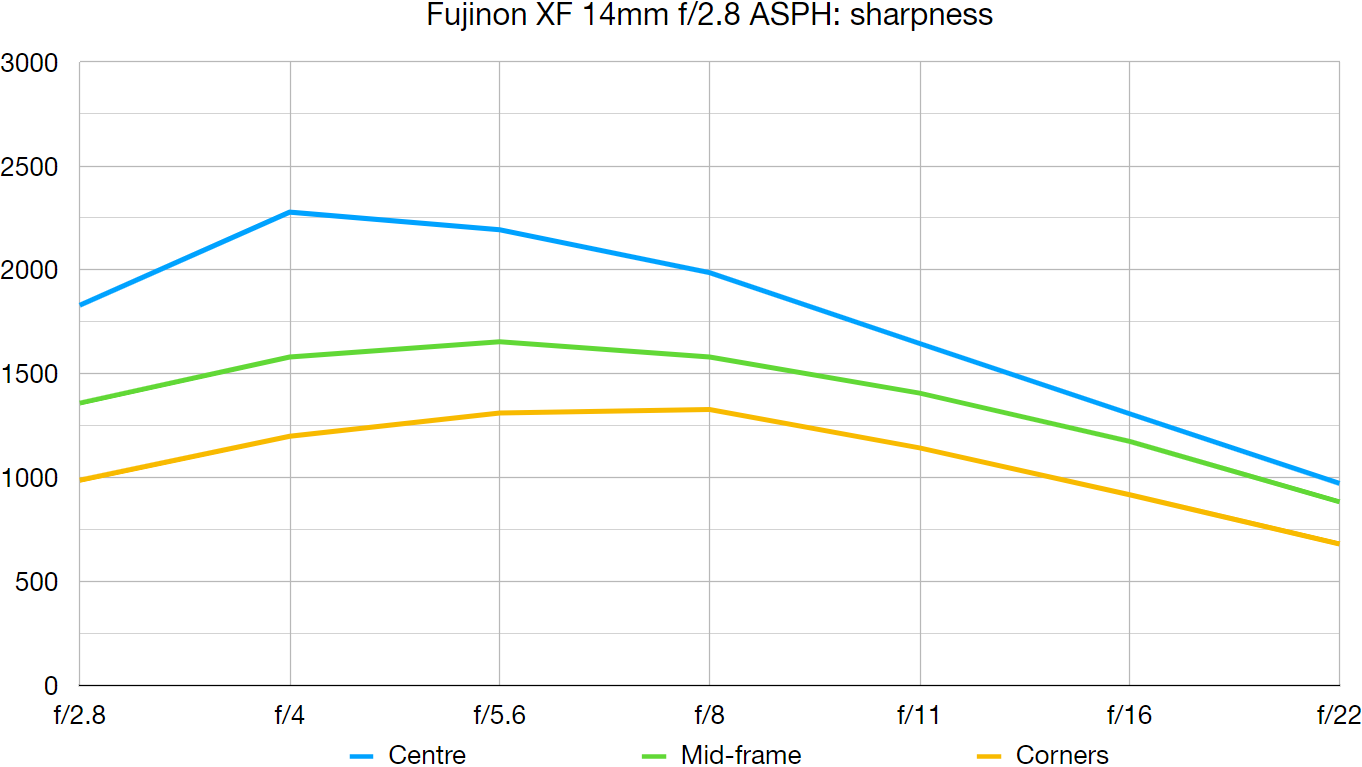
Center-frame sharpness is very good wide open at f/2.8, becoming excellent at f/4 through to f/8. Move out to the mid-frame/corners and sharpness inevitably drops of a bit, although one possible reason for this is our large sharpness test chart which has to be shot at close range when testing a wide-angle lens. This in turn means the corners of the chart are much further away than the center, and the resulting limited depth of field then compromises the corner sharpness scores.
Fringing:
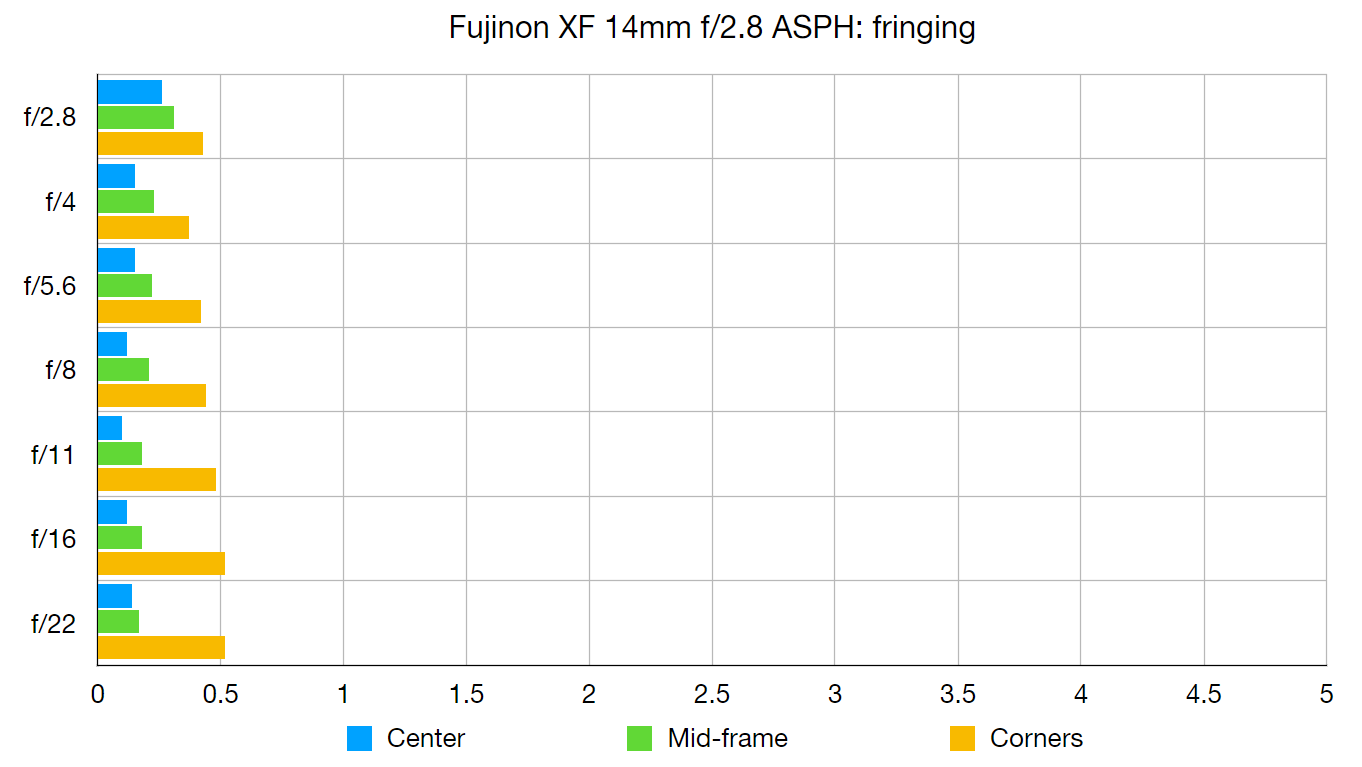
Color fringing is impressively well controlled and never reaches noticeable levels, regardless of the aperture you shoot at.
Distortion: -0.31
Thanks largely to the automatic distortion correction baked in to Fujifilm camera bodies (which cannot be disabled), any optical distortion is almost entirely corrected.
Verdict
This is a lens that has held its own over 10+ years of the Fujifilm X-mount. But its days are undoubtedly numbered. Its crown as the widest prime for the X-T and X-H series of mirrorless camera will be broken in 2023. But perhaps, more tellingly, Fujifilm has not put the XF14mm on its list of 20 Fujinon lenses that are capable of delivering the resolution from its latest high-cameras, such as the X-H2 and the X-T5.
It is still a useful lens - giving you extra range to your shooting, without adding much bulk to your camera bag. But it is probably a lens that will be updated by Fujifilm before too long.
Also check out our guides to the best Fujifilm lenses and best Fujifilm cameras.
Other Fujifilm lens reviews
Fujinon XF 16-80mm F4 R OIS WR review
Fujinon XF27mmF2.8 R WR review
Fujinon XF23mmF1.4 R LM WR review
Fujinon XF33mmF1.4 R LM WR review
Fujinon XF18-120mm F4 LM PZ WR review
Fujinon XF150-600mm F5.6-8 R LM OIS WR review
Fujinon XF 10-24mm F4 R OIS review
Chris George has worked on Digital Camera World since its launch in 2017. He has been writing about photography, mobile phones, video making and technology for over 30 years – and has edited numerous magazines including PhotoPlus, N-Photo, Digital Camera, Video Camera, and Professional Photography.
His first serious camera was the iconic Olympus OM10, with which he won the title of Young Photographer of the Year - long before the advent of autofocus and memory cards. Today he uses a Nikon D800, a Fujifilm X-T1, a Sony A7, and his iPhone 15 Pro Max.
He has written about technology for countless publications and websites including The Sunday Times Magazine, The Daily Telegraph, Dorling Kindersley, What Cellphone, T3 and Techradar.
